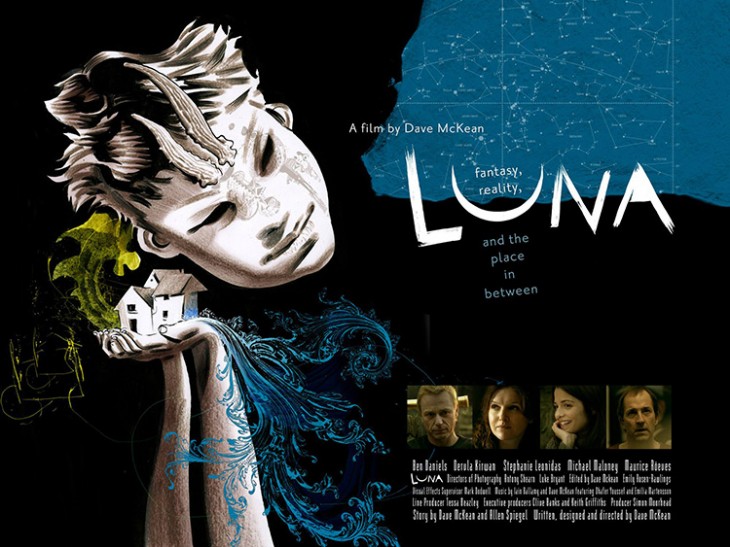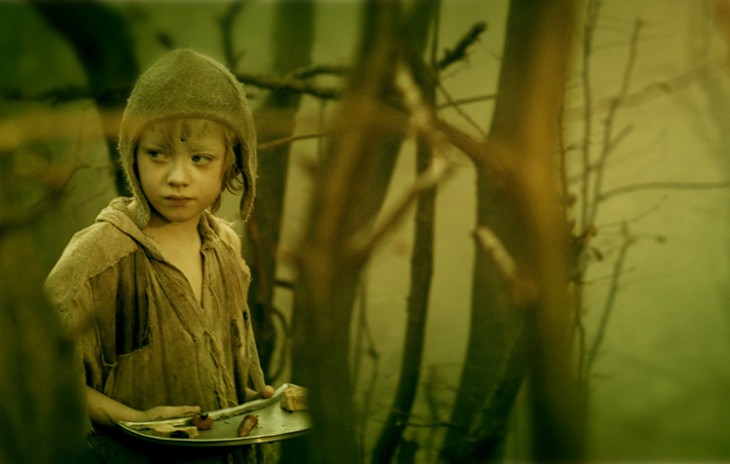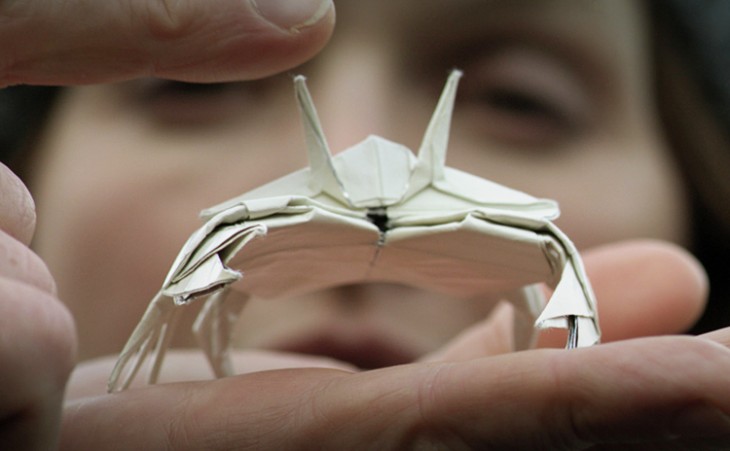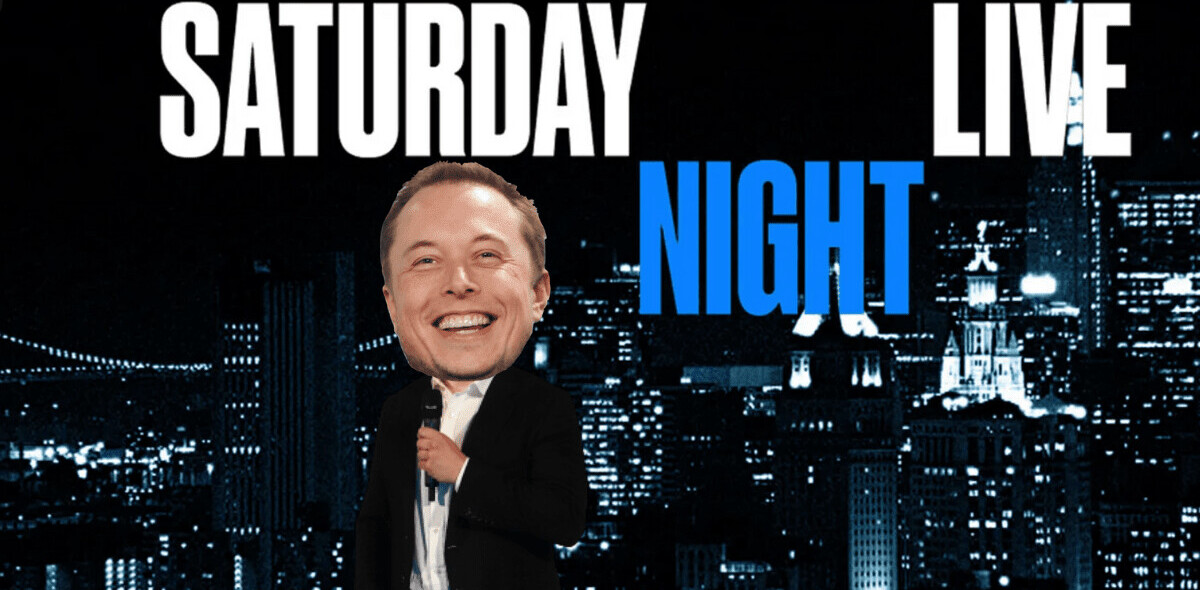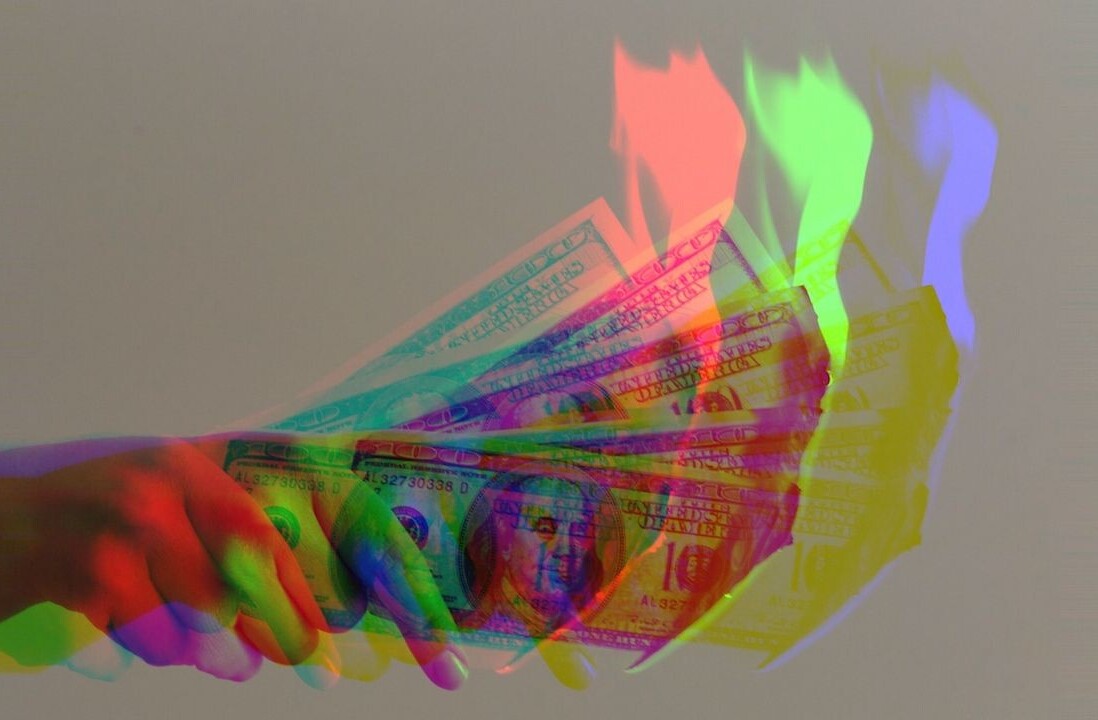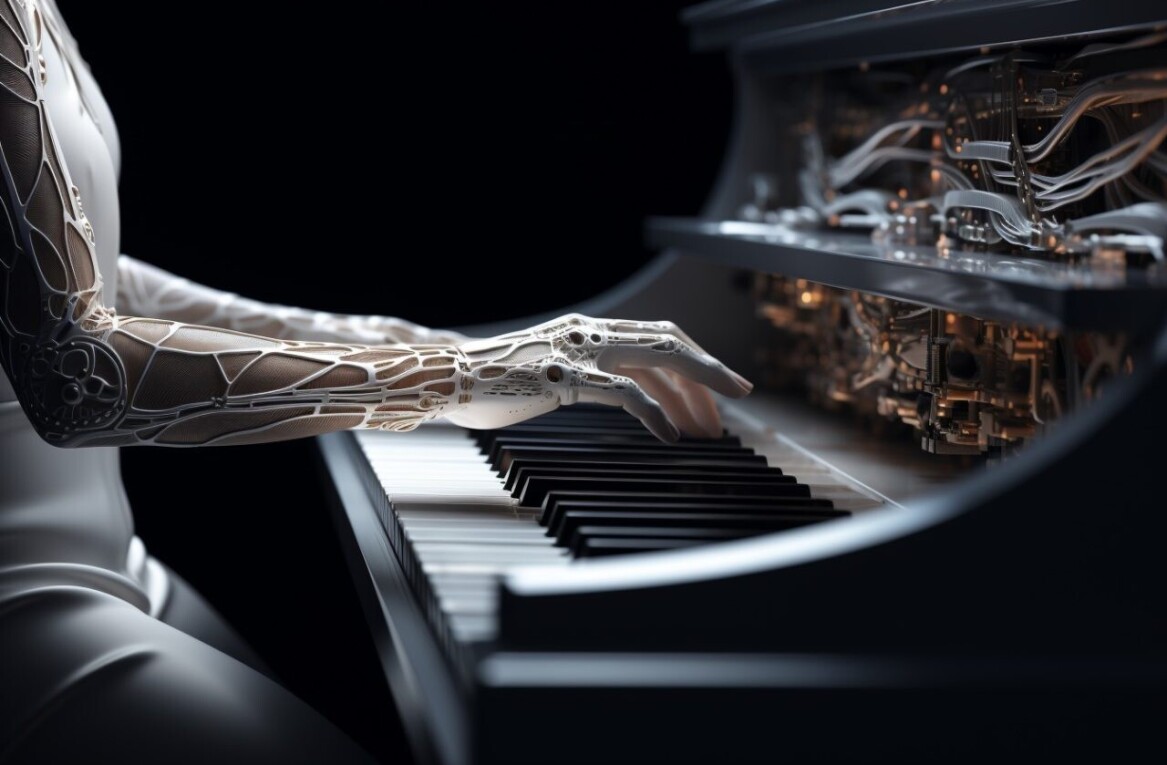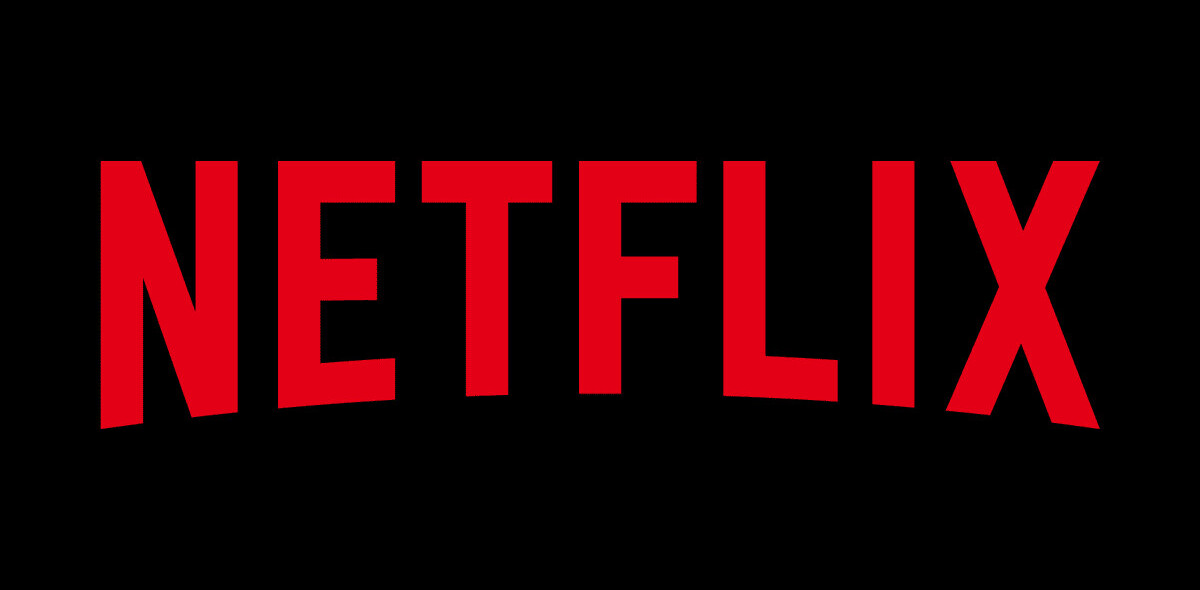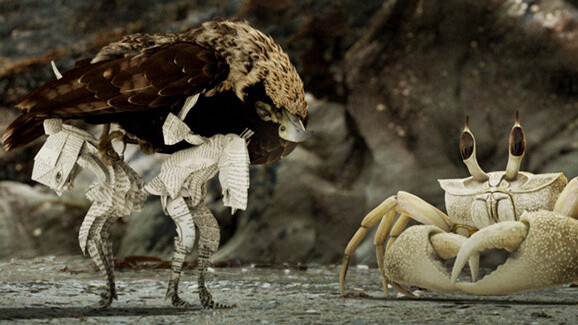
Alexander Huls is a freelance writer whose work has appeared in The New York Times, The Atlantic, Esquire and other publications. This post was originally published on the Shutterstock blog and has been reprinted with permission.
Dave McKean is an artistic jack of many trades. Most famous for his gorgeous art on influential comics and graphic novels like Neil Gaiman’s Sandman and Grant Morrison’s Arkham Asylum, McKean is also an illustrator, graphic designer, musician, photographer and filmmaker. In 2005, he collaborated with Gaiman to create MirrorMask, a fantasy film that wonderfully mixed live action and animation, and has gone on to become a deeply loved cult classic.
Now, McKean has returned with another film, Luna, which just received its world premiere at the 2014 Toronto International Film Festival.
Luna is a film that, like MirrorMask, mixes animation and live action, but it’s also a very different creation. It’s a human, poignant story about a couple, Grant and Christine, who have recently lost a baby, and retreat to the seaside home of friends. To McKean’s credit, it’s a sad story that never actually feels sad. Instead, it’s a compassionate, gentle tale about grief, with emotions manifesting themselves in a variety of beautiful fantasy and dream sequences that represent a range of styles — sketches, paintings, digital effects, origami — all designed by McKean.
Naturally, we jumped at the opportunity to sit down with the multi-talented artist in Toronto to talk about Luna, his use of various visual styles and the power of art to represent what words can’t.
Shutterstock: With something like MirrorMask or Luna, what comes first: the visuals or the story?
Dave McKean: With this one, definitely the story. And, to be honest, with most of the stories that I’ve worked on, whether they’re comics or films, there has to be something in the story. There has to be a reason for me to spend years of my life battling to try and make it. But then, in writing it, the images start to come. And the music. I’ve always found that if I know what it sounds like, it really crystallizes a mood and I can imagine the people walking around in that space much easier.
Luna uses a remarkable range of different visual styles: sketches, illustration, painting, 3D animation, motion capture — why was it important for you to use so many styles?
I was really trying to match the style to the emotion in the scene. It was like a parallel narrative, really. So, on the one hand you’ve got absolute reality: A long weekend. Four people in the house. But all around them, all the time, their minds are working. Their memories. Their dreams. Their “imaginative lives,” as the guy in the film says. Different kinds of images seem to work for the different emotions of the film.
I noticed that most of Luna’s fantasy and dream sequences emerge from very emotional moments for the characters. Was this intentional?
It was. I didn’t really want them to become very pedantically specific, like, “This dream represents that. This image represents that.” I just wanted them to capture a feeling. It’s hard to really say what exactly they mean, how they fit into the arc of the story. But I think you get the emotion of it.
When you were designing Luna’s dream and fantasy sequences, were you thinking about how the audience would experience them?
It’s much more about how, as one of my characters says in the film, “You’ll have your interpretation, I’ll have mine.” My big problem with film, if I’ve got a problem at all, is that it just gives you too much. It gives you all the pictures, and all the sound and all the fury. Everything. So it can be very passive. All the other media that I work in don’t do that. They withhold. Comics withhold movement and sound. Radio withholds imagery. You have to create the final piece for yourself. So I’m trying to find where the point of engagement is in film. What am I really adding to the experience? I’ve been trying to think of ways, with this film in particular, where I can lead the audience to come in and interpret for themselves.
The film’s opening sequence, of a woman writing a letter, is done in 3D animation. What was behind the decision to start the movie with animation instead of live action?
I always wanted to start with animation. Whether it was going to be drawn or 3D was still up in the air while I was writing it. I wanted to frame the opening — Fraya sits down and sends a letter, but I thought there was a much more interesting and dreamlike way of saying that. As if to say everything in our lives is mundane and also full of potential and meaning.
I was struck by some lyrics in a song used in the film. “The truth about words is that they never quite reach us.” Does that reflect your own beliefs? Do you believe art can reach us better than words?
I think imagery and music reach us in a different way. The thing about language is it needs to be interpreted. People think that words are accurate, whereas, in fact, they are very slippery and you never quite know how your words are being interpreted in the brain that’s listening to them. Pictures don’t have that specificity, so already, we know there’s a degree of interpretation.
There’s a lot of wonderful use of origami — that often comes alive — in Luna.Why origami?
That’s just one of my pet loves. I love origami. I think it’s beautiful. And I love that they’re transformations. You get a flat piece of paper and this creature or image comes out of it. You just fold it into a bird and suddenly it has this beautiful poetic life.
Is there anything you’ve learned making Luna that you would want to pass on to a younger version of your filmmaking self?
Certainly. It’s taking me a long time to let go. I do like to control things, and most of the work I do, I am in complete control. For better and worse. But I’ve got better results out of letting go, letting the actors work and play and contribute. So, to be a little more fearless about, “I don’t need to know everything. I don’t need to do everything.” It doesn’t take anything away from me to hand over the job to somebody else. I think I was always really worried about that.
What about generally, in terms of design and illustration?
I would say just, “Don’t be afraid to try things.” I think the person that probably inspired me more than anything along those lines is Jean Cocteau, who talked about being an “amateur.” In England, the word “amateur” has an almost only negative connotation. But what he meant was to not be made rigid by professional practice — where things have to be right all the time, and they have to be correct, and they have to be done the professional way, and the proper way, the way it’s always been done in the past.
He loved the fact that he wasn’t a professional anything. He did a bit of opera, he did murals, he did everything, and rejoiced in the fact that he often didn’t know how to do them very well. But a real, genuine, human love came through in his work. I really love that, and I think there’s not much of that left. I’m happy to be an amateur in certain things.
Stay up to date on future screenings and release information for Luna at the film’s official website.
Get the TNW newsletter
Get the most important tech news in your inbox each week.
